Palladio & the English Country House
Chiswick House, Petworth House & Firle Place
In June of 2019 we were based at the Royal Crescent Hotel in Bath and Amberley Castle in Sussex, where we traced the influence of the great 16th century Italian architect Andrea Palladio. Led by Curt DiCamillo and architectural historian Oliver Gerrish, we experienced a luxurious English-Palladian romp through the countryside of southern England.
We began our exploration of Palladio in England at Chiswick House in London. Here we had time in the garden before being given a tour of the house, one of the finest and earliest examples of Palladian architecture in Britain. Chiswick was built for Richard Boyle, 3rd Earl of Burlington (1695-1753), one of England’s “Earls of Creation” and the supreme arbiter of the arts in early 18th century Britain. Lord Burlington was an enthusiastic promoter of Palladio and put his principles to work at Chiswick (inspired by Palladio’s 16th century La Rotonda near Vicenza), which Burlington himself designed between 1725 and 1729 (with a little help from William Kent).
We had a before-hours tour of Petworth House, one of the jewels in the National Trust’s crown. The 6th Duke of Somerset’s late 17th century alterations left the house primarily as seen today, including the Versailles-inspired 21-bay west facade, something unique on an English country house. The gallery at Petworth contains the National Trust’s finest and largest collection of pictures, with numerous works by Turner, van Dyck, Reynolds, and Blake, as well as fine furniture, Neoclassical sculpture, and one of the largest and most important collections of ancient marbles in England. The carved room contains what many believe to be the most technically perfect work ever produced by Grinling Gibbons, complemented by four landscapes by Turner that were commissioned for the room by the 3rd Earl of Egremont. This kind, humane, and cultured man was a supreme patron of the arts. The painter Benjamin Haydon wrote that “his greatest pleasure was sharing with highest and humblest the luxuries of his vast income. The very animals at Petworth seemed happier than in any other spot on earth.”
Some of the most magical moments were at at Firle Place, where we had coffee and biscuits in the great hall, after which curator Debo Gage gave us a private tour of her family home, in which filming had just been completed for the 2020 production of Emma. Begun in the mid-16th century, probably by Sir John Gage, Henry VIII’s constable of the tower, the Gage family have lived at Firle ever since. The house sits in a noble setting, which has changed little since the heady days of the Virgin Queen’s reign. Firle’s Tudor great hall was given a Georgian facelift and the magnificent staircase hall is pure and robust Palladian. The drawing room, long gallery, and other rooms house a collection of art, furniture, and porcelain that would be at home in a palace but, as is the charm of Firle, fits so beautifully in this most unpretentious of country house settings.

Chiswick House | Photo by Curt DiCamillo

The Blue Velvet Room, Chiswick House | Photo by Curt DiCamillo
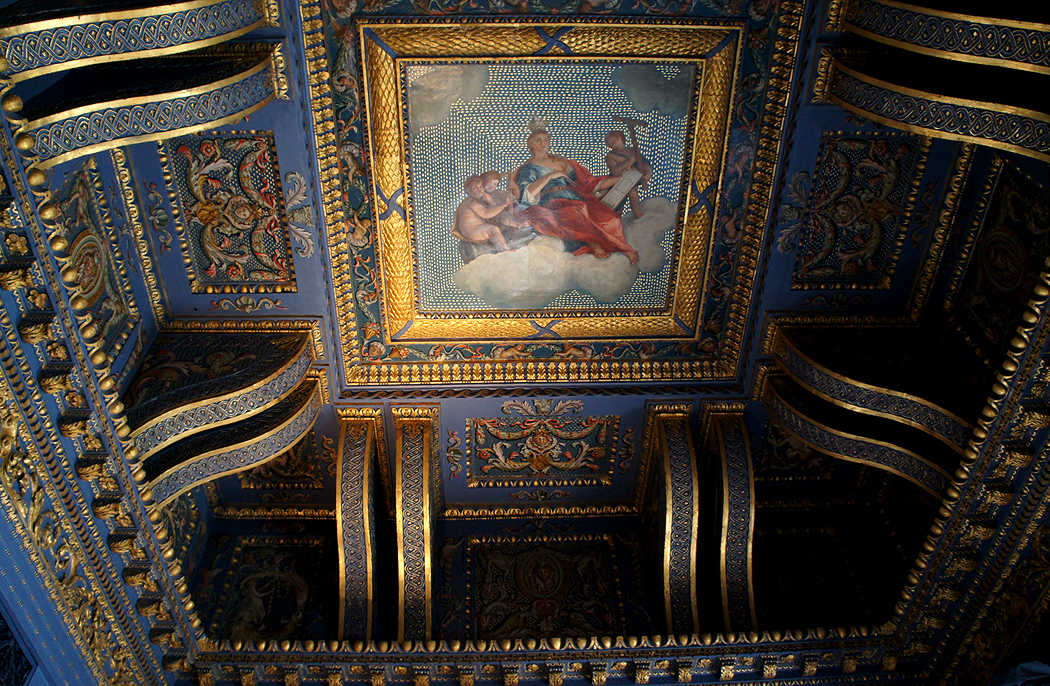
The Ceiling, The Blue Velvet Room, Chiswick House | Photo by Curt DiCamillo
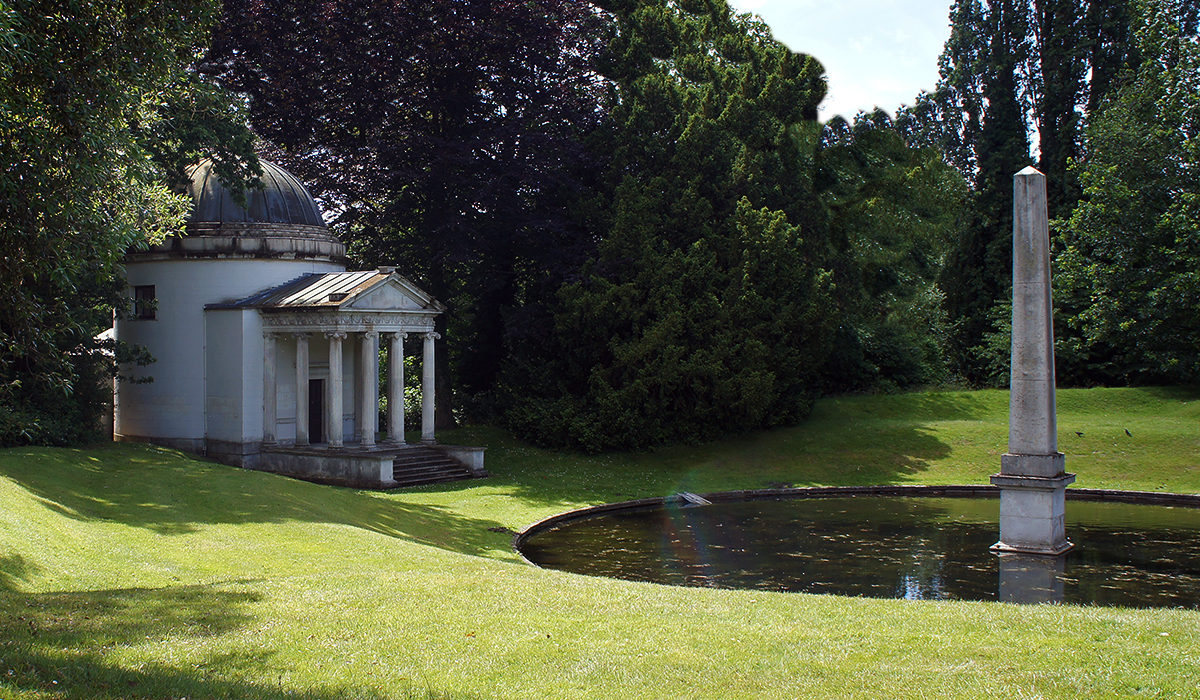
The Ionic Temple, Chiswick House | Photo by Curt DiCamillo

The West Facade, Petworth House | Photo by Curt DiCamillo

The Carved Room, Petworth House | Photo by Curt DiCamillo
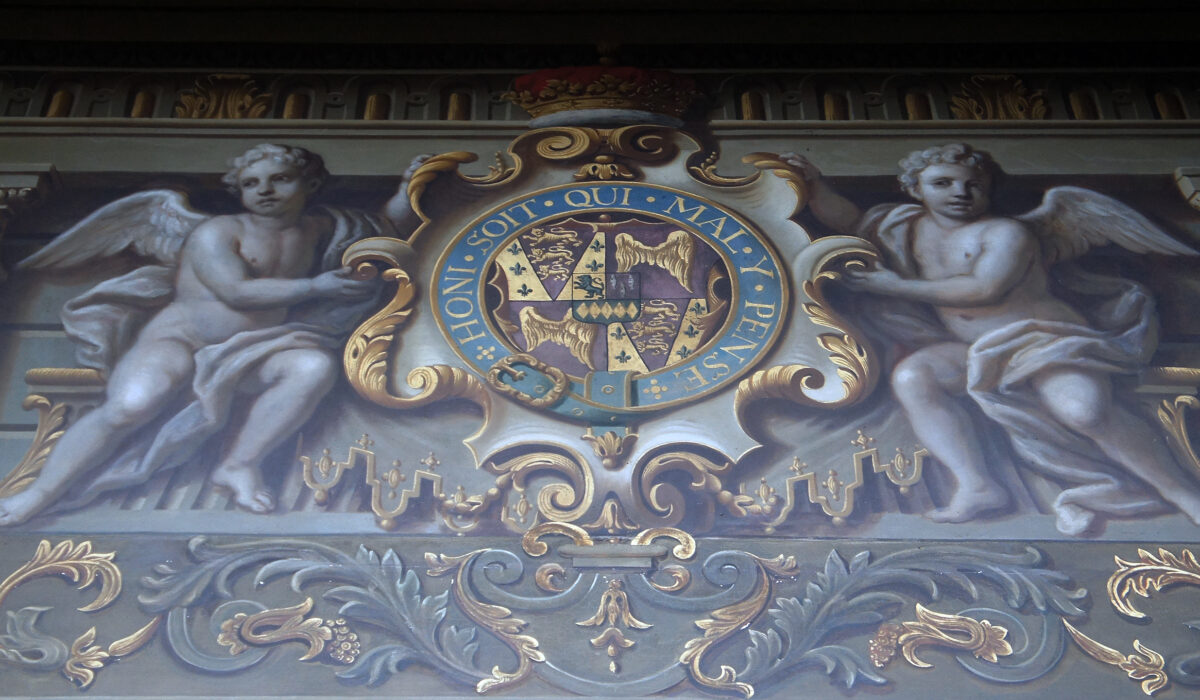
Louis Laguerre mural on the Grand Staircase, Petworth House | Photo by Curt DiCamillo

The North Gallery, Petworth House | Photo by Curt DiCamillo
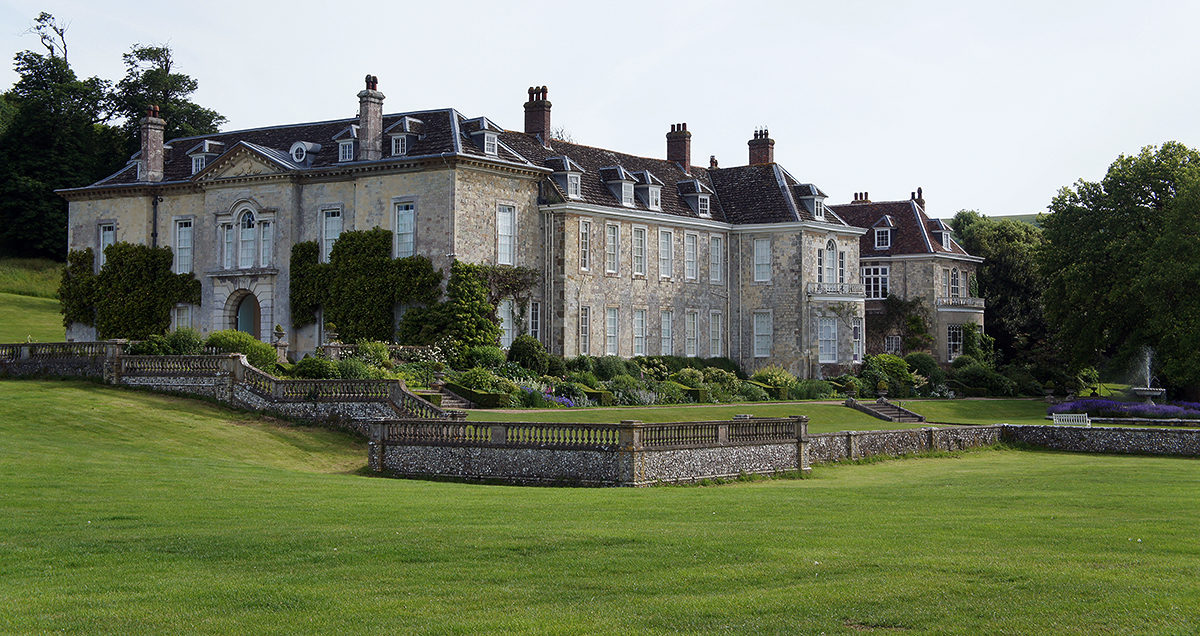
Firle Place | Photo by Curt DiCamillo
The tour of a lifetime—I wish I could do it over and over again!
Lydiard House | Photo by Curt DiCamillo
The Vyne, Stansted Park, Wilton House & Lydiard House
We had a before-hours tour with the property manager of The Vyne, including a wicked fun climb to the roof to see recent restoration work. Circa 1655 John Webb, a student of Inigo Jones, designed The Vyne’s classical portico, the first of its kind on an English country house. In the mid-18th century The Vyne belonged to Horace Walpole’s close friend, John Chaloner Chute, who designed the stunning and unexpected (in a Tudor house) Palladian staircase, based on the stage sets of the Bibiena family. The late architectural historian Gervase Jackson-Stops on this famous staircase: “John Chute’s theatric Grecian staircase…provides one of the most arresting coups d’oeil in English architecture.”
Then there was the magnificent lunch in the state dining room at Stansted Park hosted by the 12th Earl of Bessborough and Count Aleramo Lanza. Before lunch liveried staff served champagne as Lord Bessobrough gave us a tour of the state rooms of his family’s home. Stansted was built in the 1680s and burned in 1900; it was rebuilt in 1903 on the exact footprint of the 17th century house. After lunch we had tea in the count’s stylish private flat on the top floor of the house. It was the charming, perfect ending to the perfect visit.
At Wilton House we were welcomed by William Alexander Sidney Herbert, the 18th Earl of Pembroke, after which we were given a private tour of the house by the eminent architectural historian John Martin Robinson. Standing on the site of the 12th century Abbey of Wilton, today’s house has been home to the Herbert family since it was given to Sir William Herbert in the 16th century by Henry VIII. Wilton is famous for many things: its Palladian bridge (the first of its kind), one of the finest private paintings collections in Europe, and the creation of the Pembroke table, but, possibly the most famous and most important is the double cube room. Designed by Inigo Jones, this room, which has been visited by virtually every British monarch since Charles I, is considered the finest mid-17th century room in England. Measuring 60 feet long, 30 feet wide, and 30 feet high, with 16 van Dycks hanging on the walls, the double cube room is so grand that it is frequently used for movies as the interiors of Buckingham Palace. We had all of this wonderfulness exclusively to ourselves as the only visitors in the house.
The former seat of the lords St. John and Bolingbroke, Lydiard House has spawned a series of powerful (and sometimes unpleasant) historically important members of the St. John family. Lady Margaret Beaufort, mother of King Henry VII, was the stepdaughter of Oliver St. John. She was a key figure in the Wars of the Roses, a ruthless and tough political schemer, and the founder of St. John’s College, Cambridge. Lucy St. John, daughter of Sir John St. John, was the wife of Sir Allen Apsley, one of the founders of the New England Company, which was given a royal charter to settle what is today Massachusetts. Anne St. John was the mother of John Wilmot, the infamous Restoration rake known as the 2nd Earl of Rochester. There has been a house here since medieval times, but the current house, an 18th century rebuild, was the work of architect Roger Morris. Lydiard is the Palladian ideal—four square, carefully proportioned and understated, with an interior boasting a wealth of fine plasterwork and exceptional paintings. Here we were given a private, curatorial-led tour of the interiors, with time on our own to explore the grounds.

The Classical Facade, The Vyne | Photo by Ellen Michelson
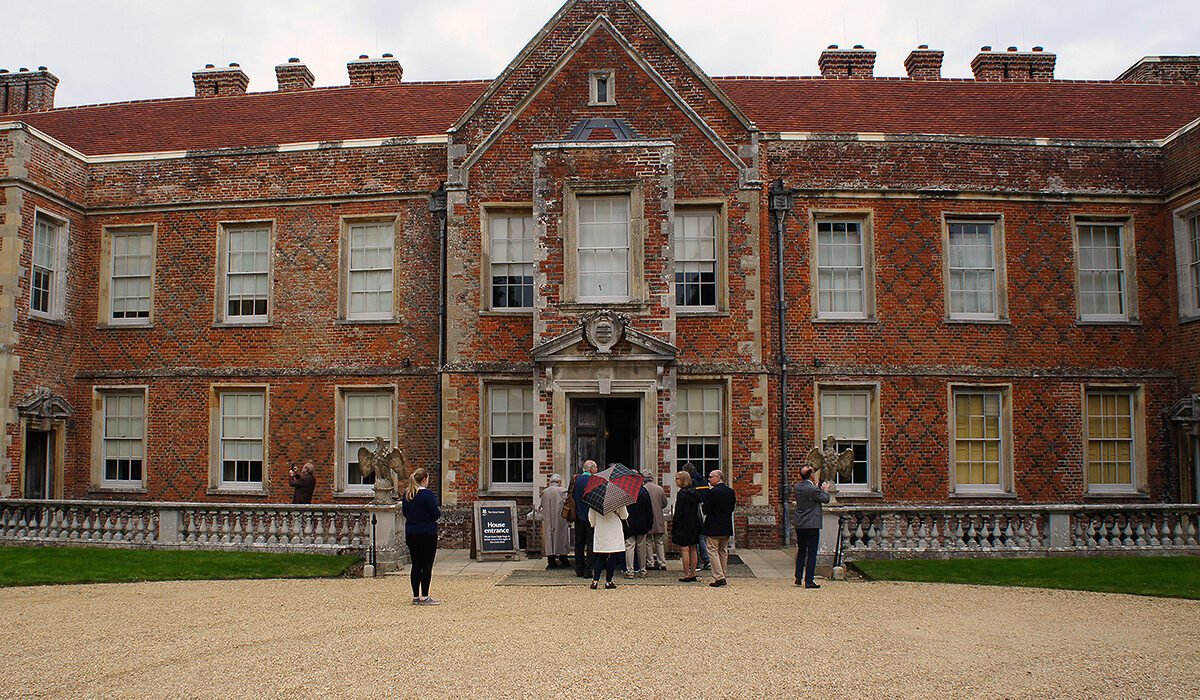
The Tudor Entrance Facade, The Vyne | Photo by Curt DiCamillo

The Drawing Room, The Vyne | Photo by Curt DiCamillo
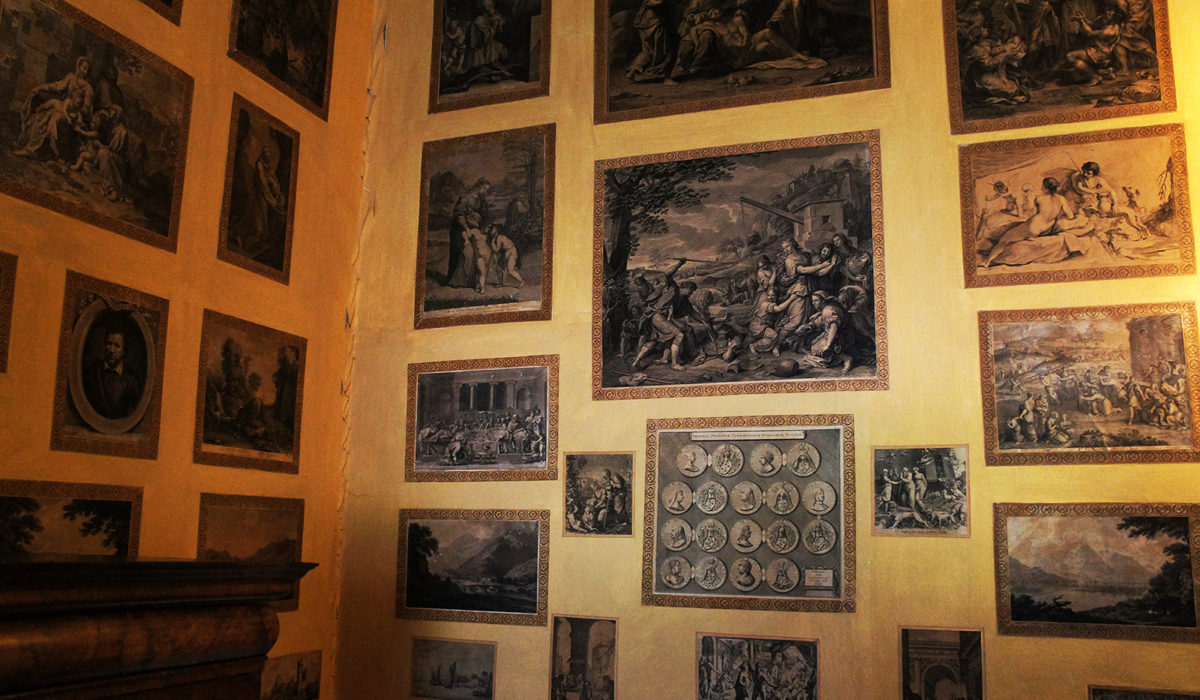
The Print Room, The Vyne | Photo by Curt DiCamillo

The Classical Staircase, The Vyne | Photo by Curt DiCamillo

The Classical Staircase, The Vyne | Photo by Curt DiCamillo

Stanstead Park | Photo by Curt DiCamillo
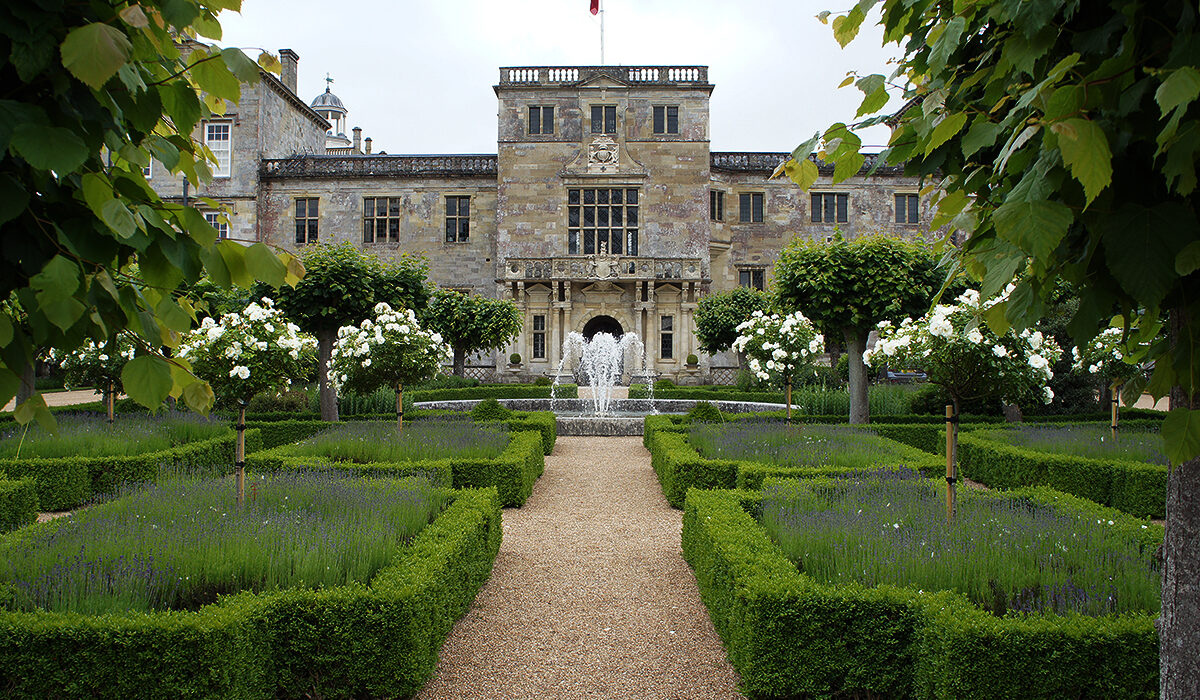
The Entrance Facade, Wilton House | Photo by Curt DiCamillo
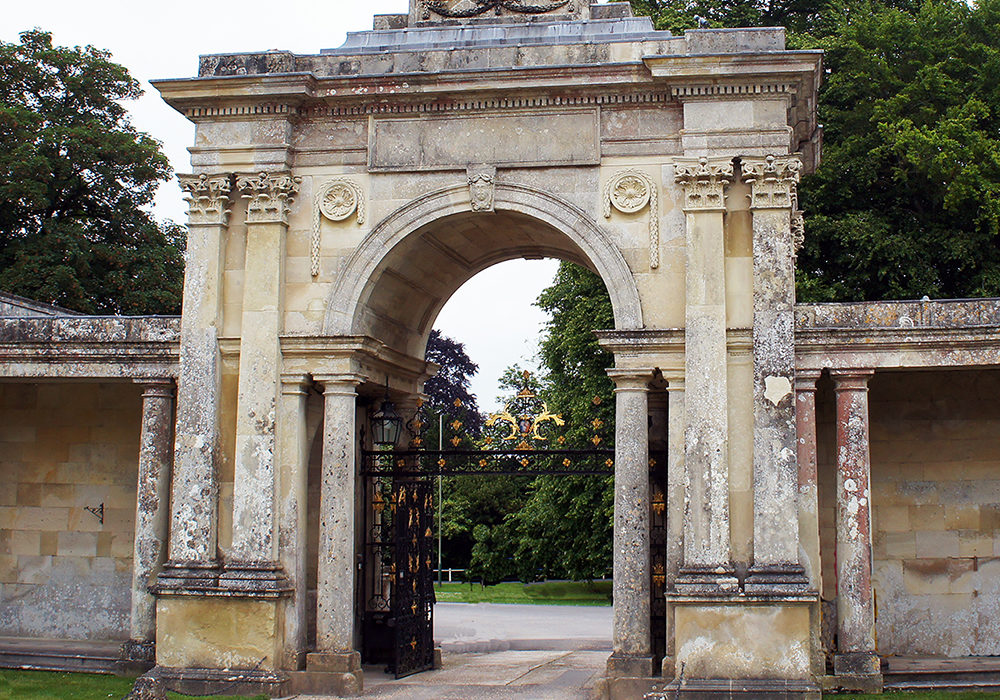
The Triumphal Arch, Wilton House | Photo by Curt DiCamillo
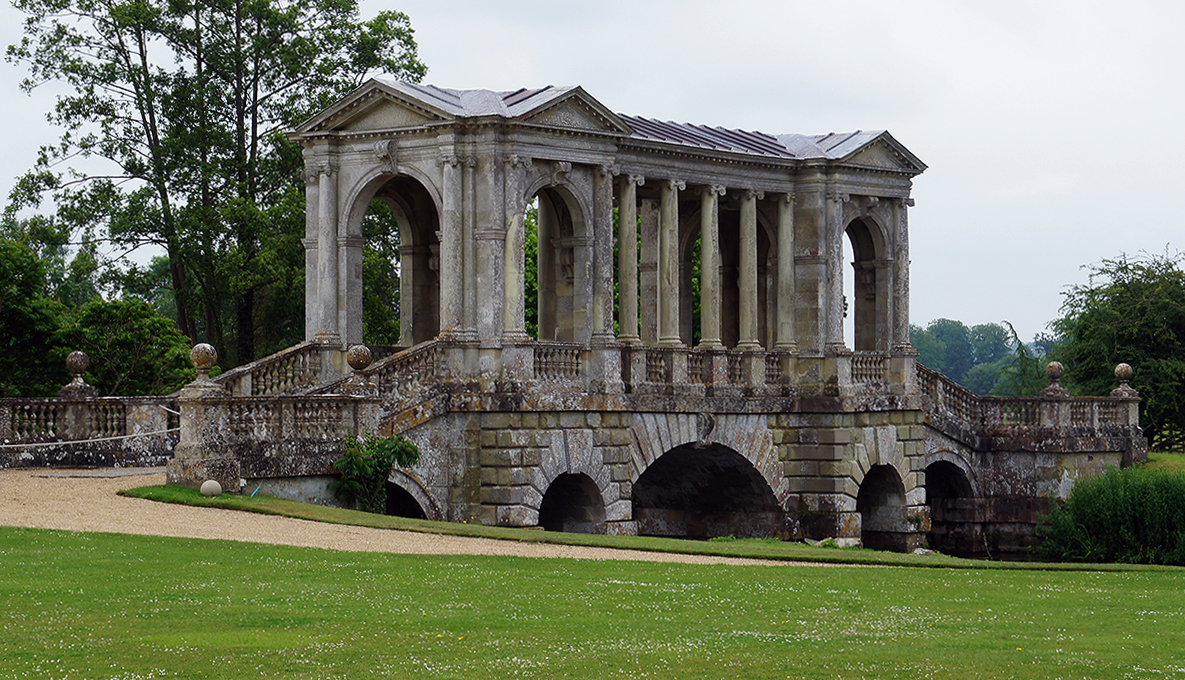
The Palladian Bridge, Wilton House | Photo by Curt DiCamillo
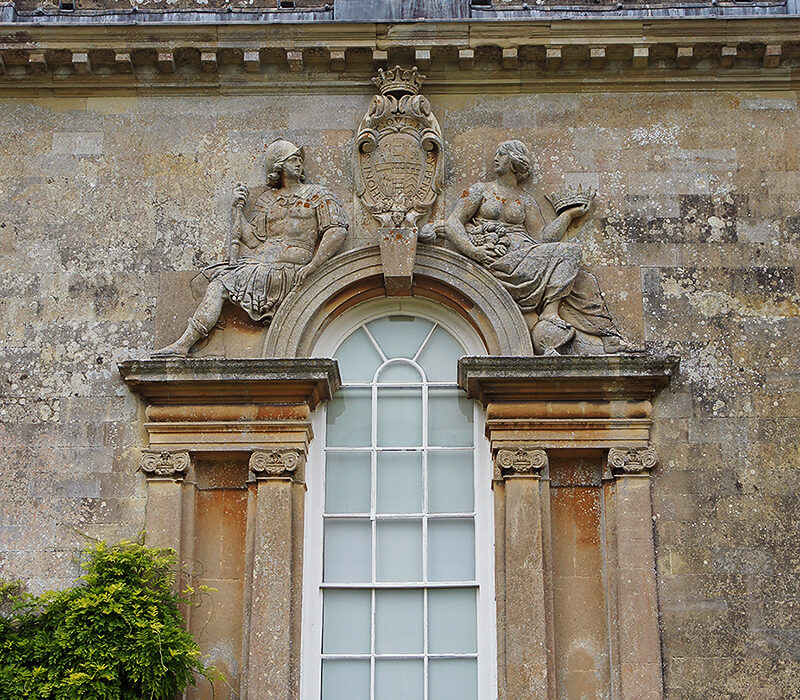
The Palladian Facade, Wilton House | Photo by Curt DiCamillo
It's hard to imagine a more beautiful spot on the planet than Sussex and Wiltshire.
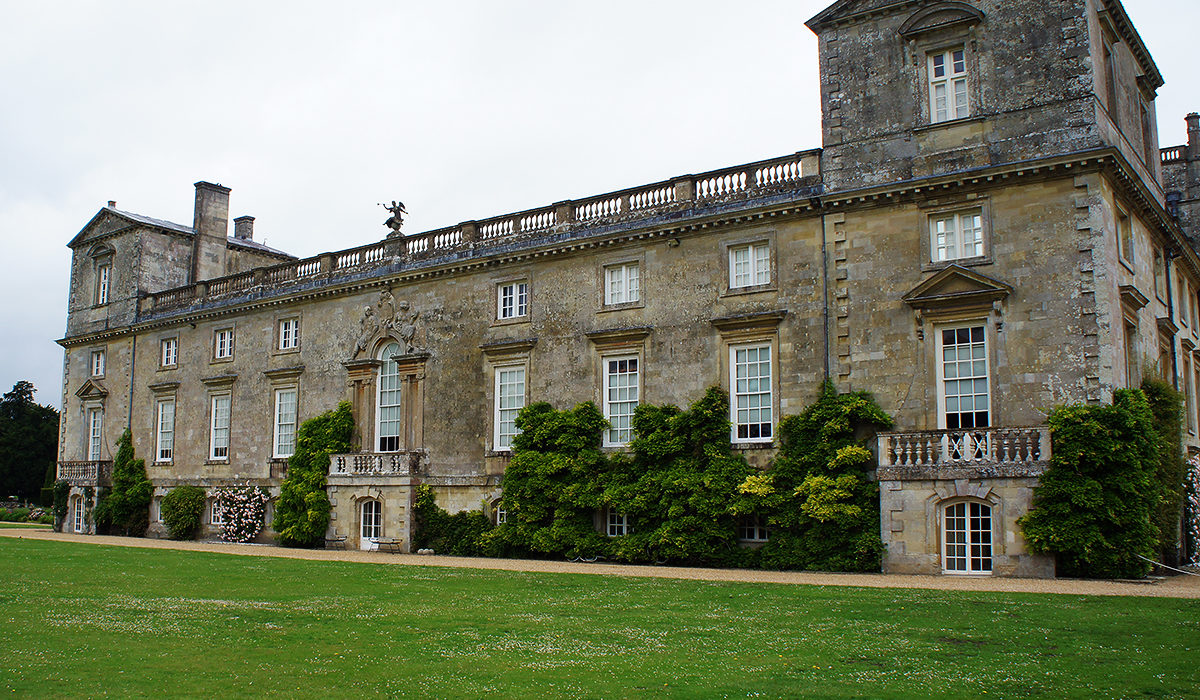
Wilton House | Photo by Curt DiCamillo
Stourhead, Badminton House & Iford Manor
Legend has it that it was on the Stourhead estate in the 9th century that Alfred the Great hoisted his standard before marching to defeat the Danes at Edington. In the 1720s Colen Campbell designed the house, based on Palladio’s 16th century Villa Emo. One of the first English country villas in the new Palladian style, the house is filled with treasure beyond treasure, including 482 canvases and the famous 16th century Sixtus Cabinet. But it is the garden that brings most visitors to Stourhead. Considered a garden of international importance, Stourhead is filled with temples, grottoes, obelisks, and follies, all laid out in the 18th century amid lakes, trees, and shrubs from around the world. The famously sharp-tongued Horace Walpole had nothing but praise for the garden, describing it as “one of the most picturesque scenes in the World.” Here we had a professionally-led tour of the garden and time on our own to explore the house.
One of the highlights of the tour was a visit to the 12th Duke of Beaufort’s never-open-to-the-public Badminton House. Frequently called the most comfortable large country house in England, Badminton was described by architectural historian John Harris thus: “Once passing through the Clock Arch, the visitor surveys an immemorial scene, more continental than English, with the point-de-vue James Gibbs’s monumental pavilion, with its massive blocked columns.” Today covering 22,000 acres, Badminton is the only ducal seat in Gloucestershire. It is a perfect example of a great estate that has been in the possession of only two families in the last 600 years. Here we were privileged to have a curatorial-led tour of Worcester Lodge (William Kent’s masterpiece), the garden, and the jaw-dropping house, including the entrance hall, designed specifically to display five equestrian paintings by John Wootton. But this room is of international importance for another reason: it is where the game of badminton was invented on a rainy afternoon in 1863. And, to this day, the standard size of a badminton court measures the same as the floor of the great hall at Badminton House.
The little-known garden at Iford Manor is one of the most wonderful in Britain. The great English garden architect Harold Peto purchased Iford in 1899 and remained here until his death in 1933. In this quiet corner of Wiltshire he created a garden of international importance, one where flowers occupy a subsidiary position among the statues, architectural elements, pools, colonnades, terraces, and broad walks. On an afternoon bursting with warm sunshine, owners William and Marianne Cartwright-Hignett opened Iford just for us, leading a tour of their magical garden, followed by champagne on the terrace.
We ended the tour with cocktails in the courtyard of the Royal Crescent Hotel, where countertenor Oliver Gerrish (yes, he also sings!) and lutenist Sam Brown put on a delightful concert of 18th century English music for us—something that seemed preordained in this enchanted garden.

The House, Stourhead | Photo by Curt DiCamillo

Fox Console Table, The Entrance Hall, The House, Stourhead | Photo by Curt DiCamillo
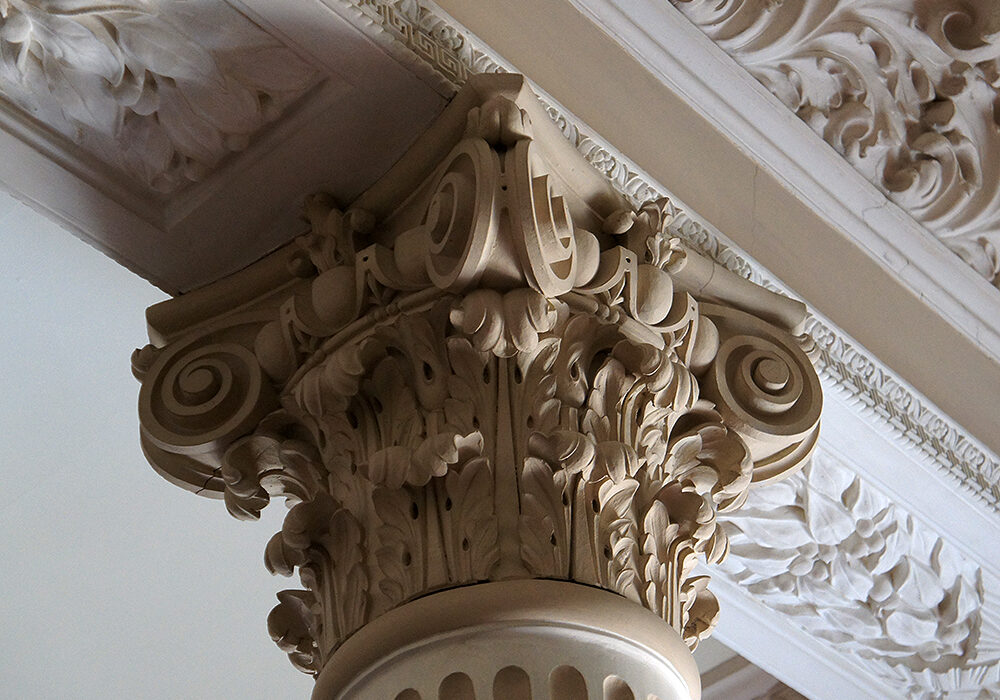
Detail of Corinthian Capital, The Column Room, The House, Stourhead | Photo by Curt DiCamillo

The Pantheon, Stourhead | Photo by Curt DiCamillo

The Temple of Apollo, Stourhead | Photo by Curt DiCamillo
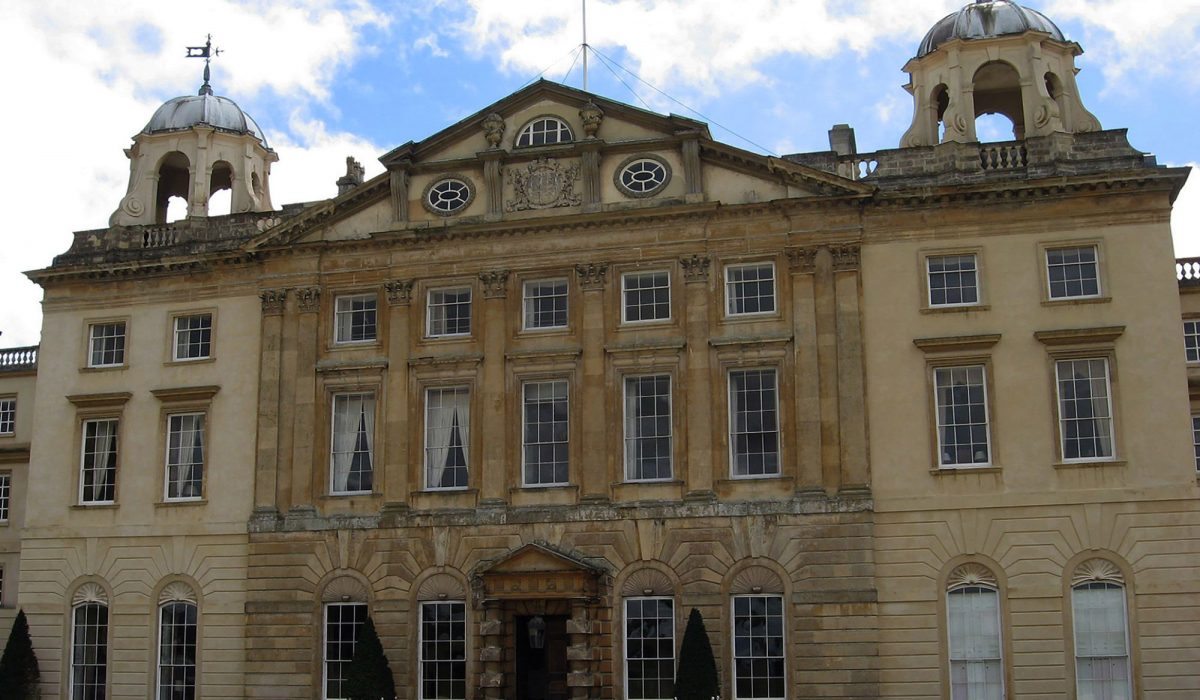
The Entrance Facade, Badminton House | Photo by Curt DiCamillo
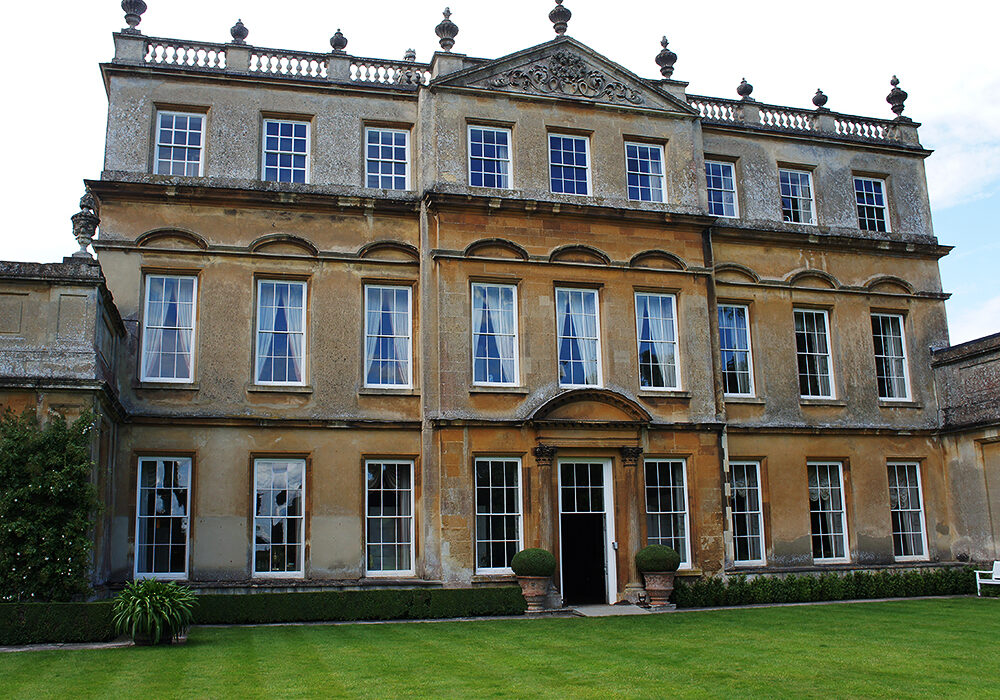
The Rear Facade, Badminton House | Photo by Curt DiCamillo
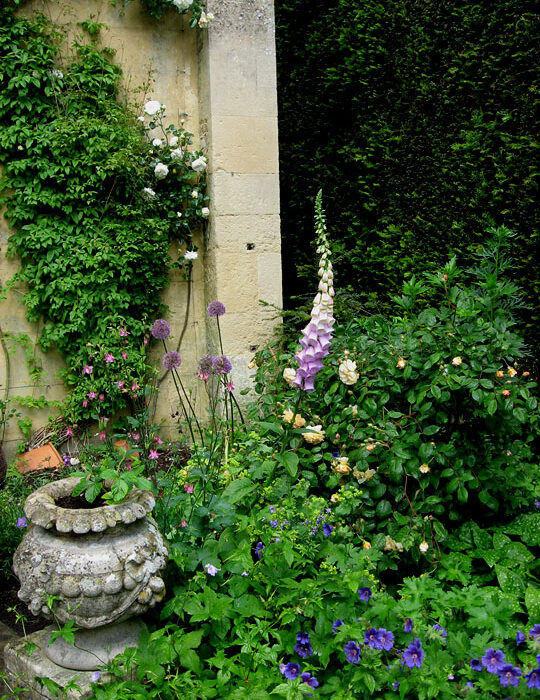
The Conservatory, Badminton House | Photo by Curt DiCamillo
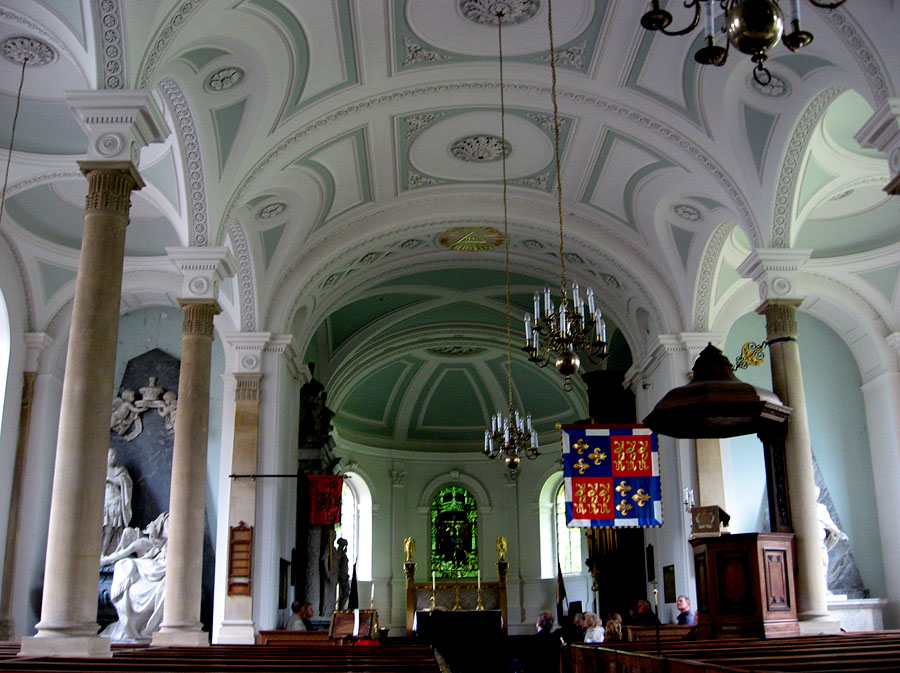
Badminton Church | Photo by Curt DiCamillo
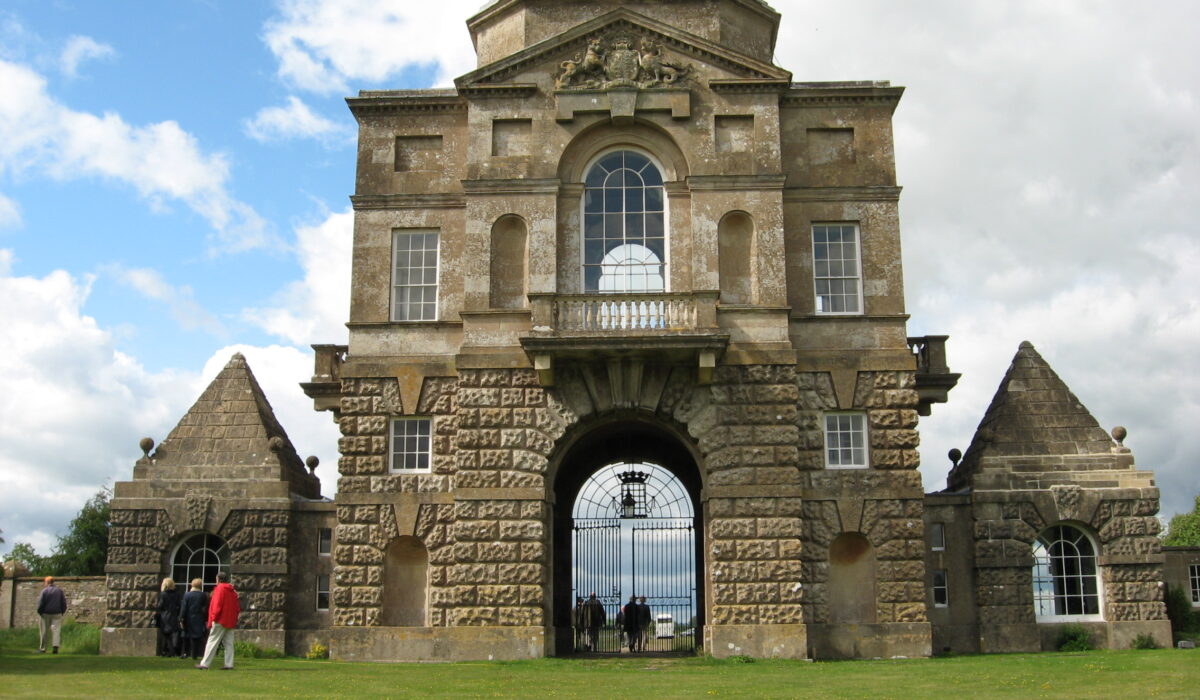
Worcester Lodge, Badminton House | Photo by Curt DiCamillo
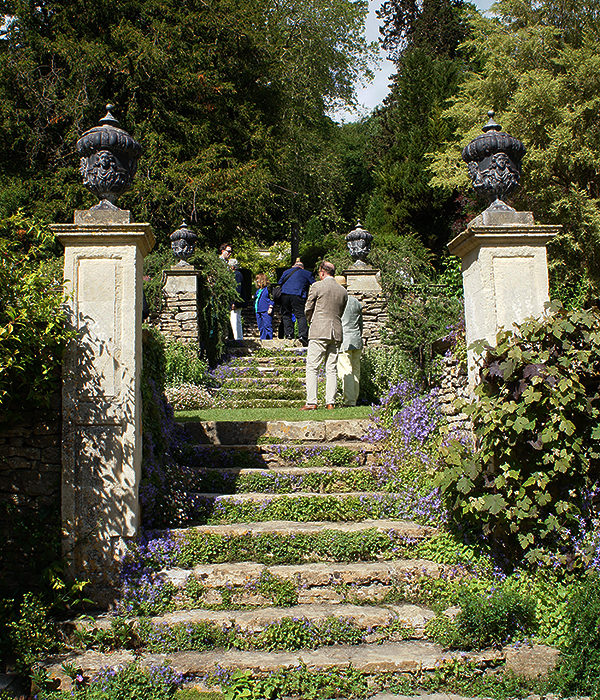
Entrance to the Garden, Iford Manor | Photo by Curt DiCamillo

Fountain in the Lower Terrace, Iford Manor | Photo by Curt DiCamillo
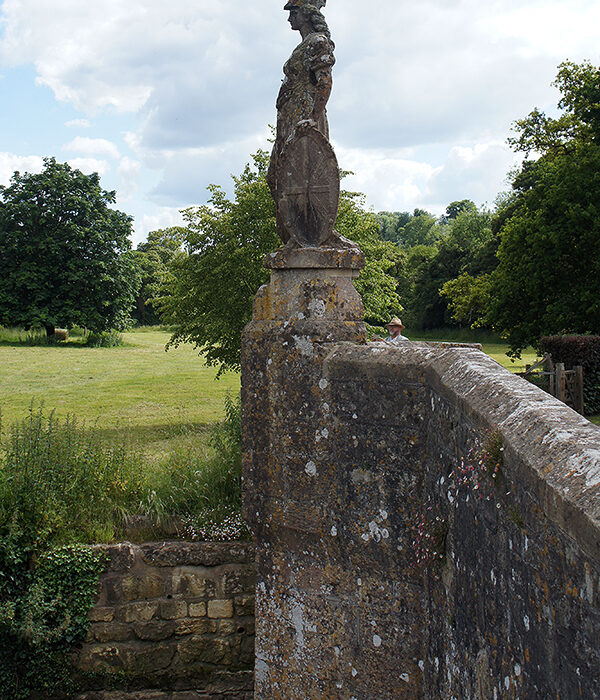
Britannia Over the River Frome, Iford Manor | Photo by Curt DiCamillo

The Great Terrace, Iford Manor | Photo by Curt DiCamillo
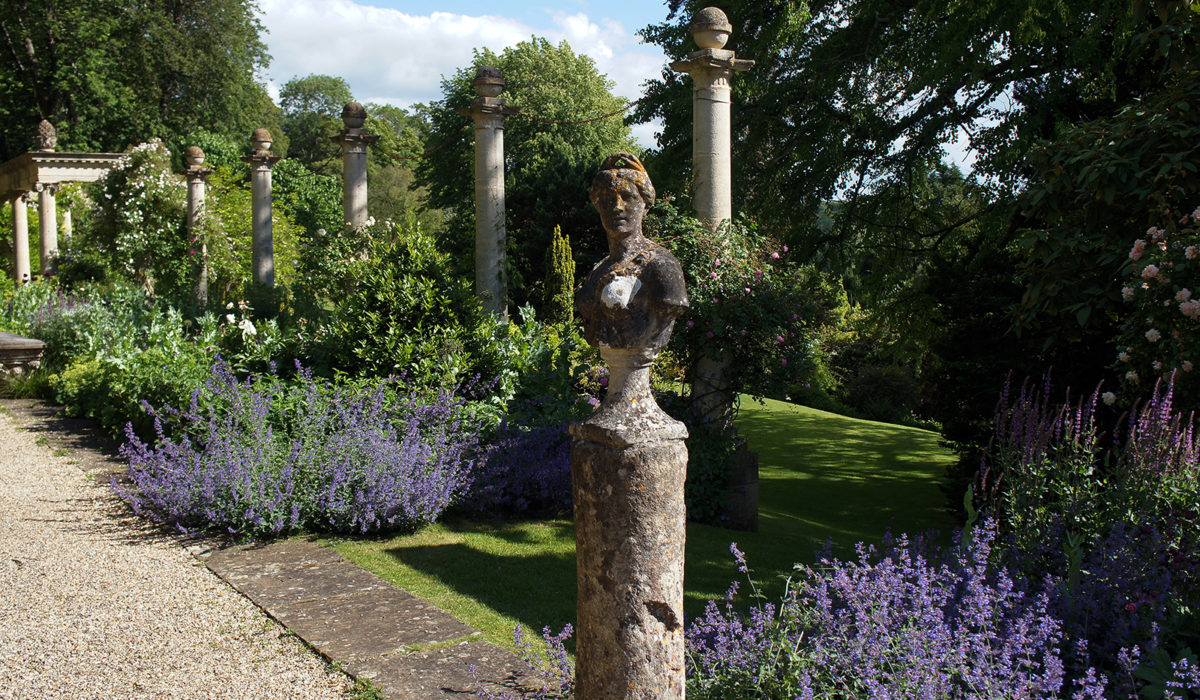
The Great Terrace, Iford Manor | Photo by Curt DiCamillo

The Cloisters, Iford Manor | Photo by Curt DiCamillo

Sam and Oli performing during the last night celebrations | Photo by Curt DiCamillo
Iford is possibly the most magical and wonderful garden I've ever experienced!
The Circus, Bath | Photo by Curt DiCamillo
